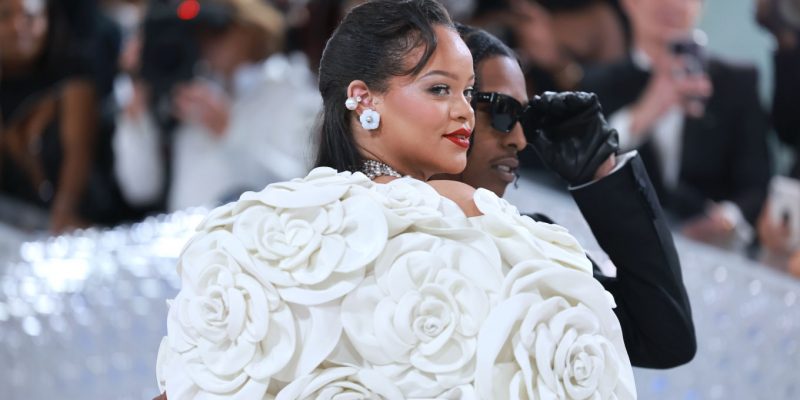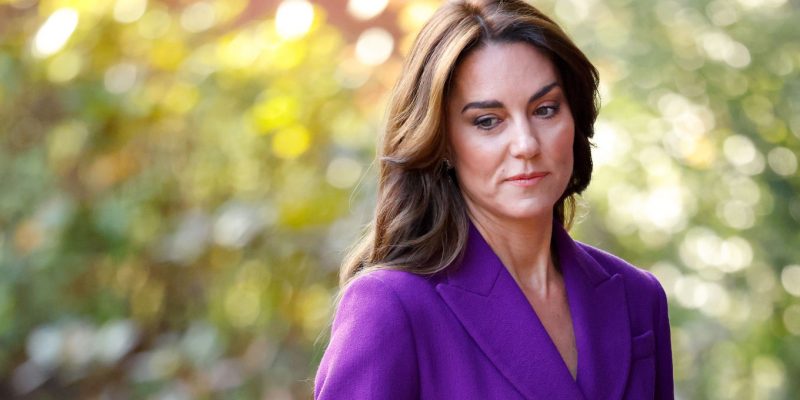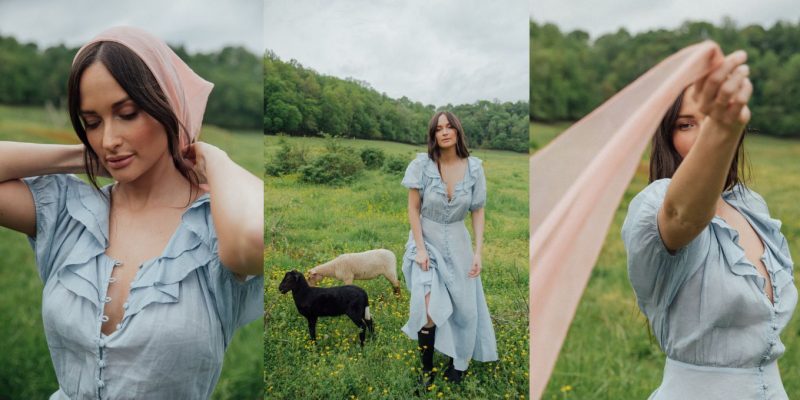Society
15 Indigenous People to Know in Canada
The list is a reminder of the incredible, meaningful work Indigenous people are doing all year round.
by : ELLE Canada- Jun 21st, 2023
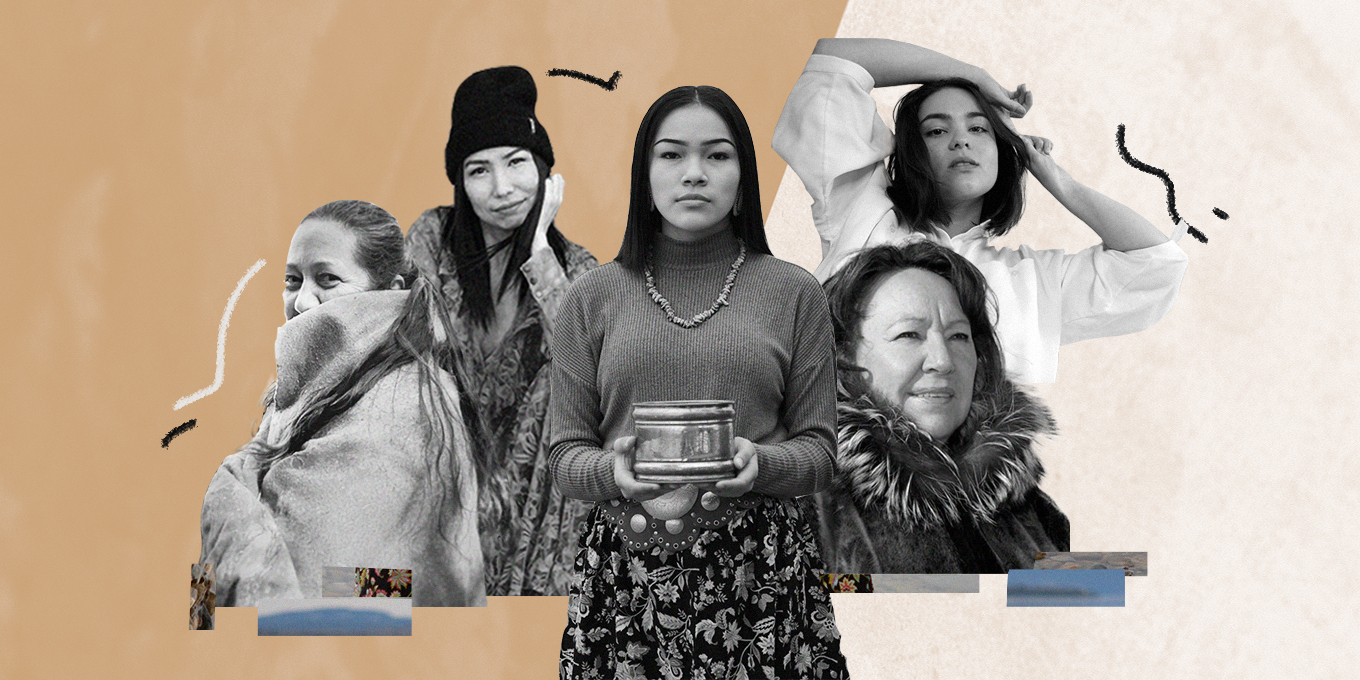
Sunday, June 21, 2020, is National Indigenous Peoples Day in Canada. To commemorate this significant date, we are spotlighting 15 inspiring Indigenous Canadians who work in the realms of art, fashion, health, politics and activism. The list is not exhaustive, but it serves as a reminder of the incredible, meaningful work Indigenous people are doing all year round.
ALANIS OBOMSAWIN
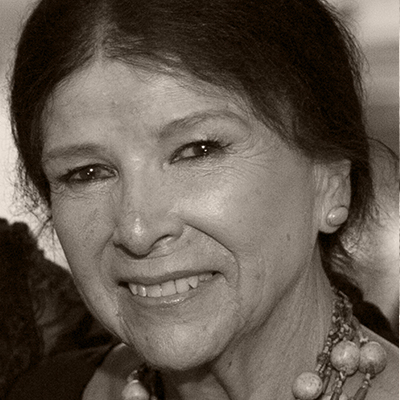 National Film Board of Canada
National Film Board of CanadaNot only is Abenaki filmmaker Alanis Obomsawin one of the most important documentarians in Canada, she is also among the most acclaimed Indigenous directors in the world. She started her career as a musician, performing at reserves, schools and festivals throughout the ’60s. She was soon hired by the National Film Board to consult on projects about Indigenous peoples, and she directed her first film, Christmas at Moose Factory, in 1971. Since then, Obomsawin has directed over 50 films – including the landmark Kanehsatake: 270 Years of Resistance, about the 78-day standoff between the Quebec police and the Canadian army and a group of Mohawk people who were protesting a proposed golf course that was to be built on their land – and has remained committed to telling unheard Indigenous stories.
KAWENNÁHERE DEVERY JACOBS
 DW Waterson
DW WatersonActing wasn’t always in the cards for Kawennáhere Devery Jacobs. She grew up on Kahnawake Mohawk Territory in Quebec, where she didn’t see a lot of acting roles for Indigenous women. So she decided to go to school to become a social worker instead and was working at the Native Women’s Shelter of Montreal when she was cast in her first leading role, Aila in 2013’s Rhymes for Young Ghouls. Since then, Jacobs has had standout roles in crime drama Cardinal, Netflix’s supernatural series The Order and Amazon Prime Video’s American Gods as fan fave Sam Blackcrow. “I kind of hate the term ‘strong female leads’ – essentially all of the women-identifying people I know are strong women,” Jacobs told us in 2019. “I want to find characters who have a lot of agency and are strong and very different. It doesn’t have to be all tough badasses. In my mind, my future will look like accepting roles that I’m really passionate about and really inspire me.”
TANTOO CARDINAL
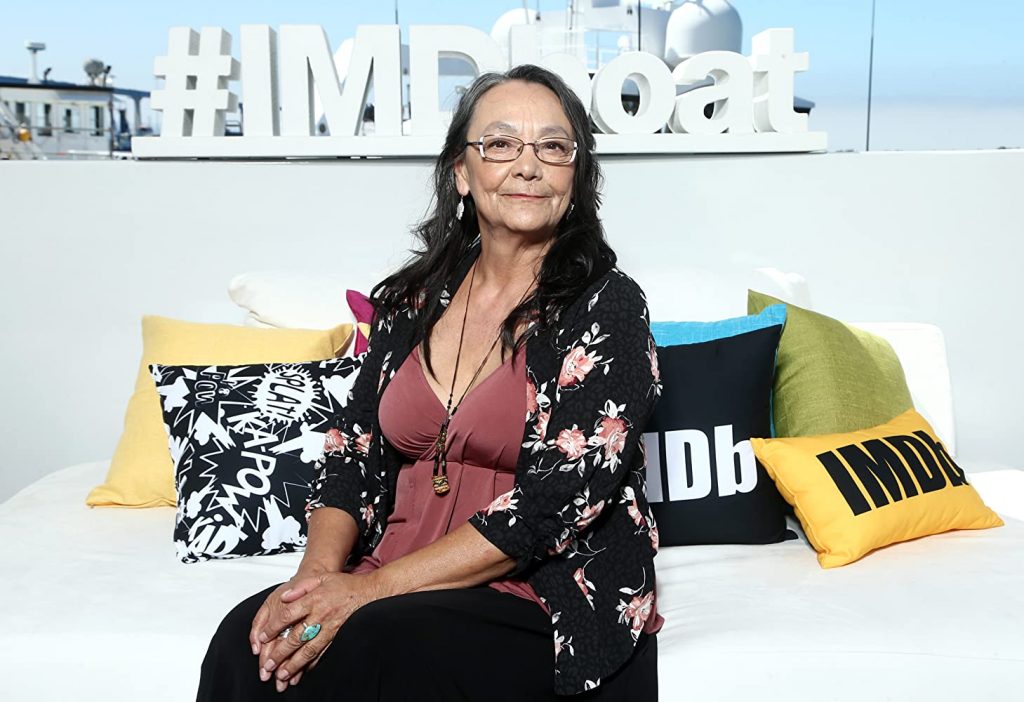 IMDb
IMDbIf you’re a fan of movies and TV, we can pretty much guarantee that Tantoo Cardinal has popped up in something you love. We’re not joking: Street Legal, Dances With Wolves, Mohawk Girls and Netflix western Godless are just a few of the award-winning actor’s on-screen appearances. Cardinal landed her first professional acting gig in 1971, and today she has more than 100 acting credits. In 2009, she was appointed to the Order of Canada for advancing Indigenous performing arts. Most recently, she can be seen on noir dramedy Stumptown, in which she stars opposite fellow Canadian Cobie Smulders.
JODY WILSON-RAYBOULD
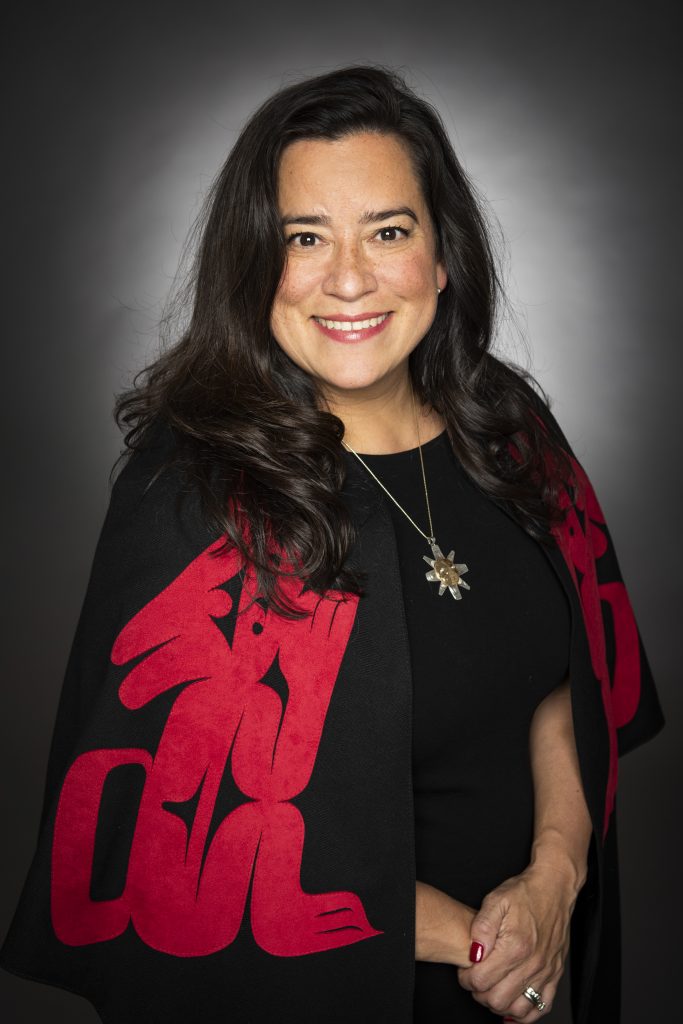 Mélanie Provencher, House of Commons Photo Services
Mélanie Provencher, House of Commons Photo ServicesPrior to becoming a Member of Parliament, Jody Wilson-Raybould, who is a member of the We Wai Kai Nation and is also known by her traditional name, Puglaas, worked as a crown prosecutor in British Columbia and as an adviser at the B.C. Treaty Commission, which oversees treaty negotiations between First Nations and the Crown, and she was elected as Regional Chief for the B.C. Assembly of First Nations. In 2015, she was elected as an MP for the Liberal Party, under which she was appointed Minister of Justice and Attorney General of Canada, making her the first Indigenous person to hold the title. In early 2019, Wilson-Raybould resigned from the Liberal Cabinet after going public with complaints that Prime Minister Trudeau and his staff had tried to pressure her into making a deal in the prosecution of SNC-Lavalin. (Trudeau denied the allegations.) She was later expelled from the Liberal caucus – but that didn’t stop her. Later that year, she ran as an independent in her riding of Vancouver Granville and was re-elected as an MP.
Marion Buller
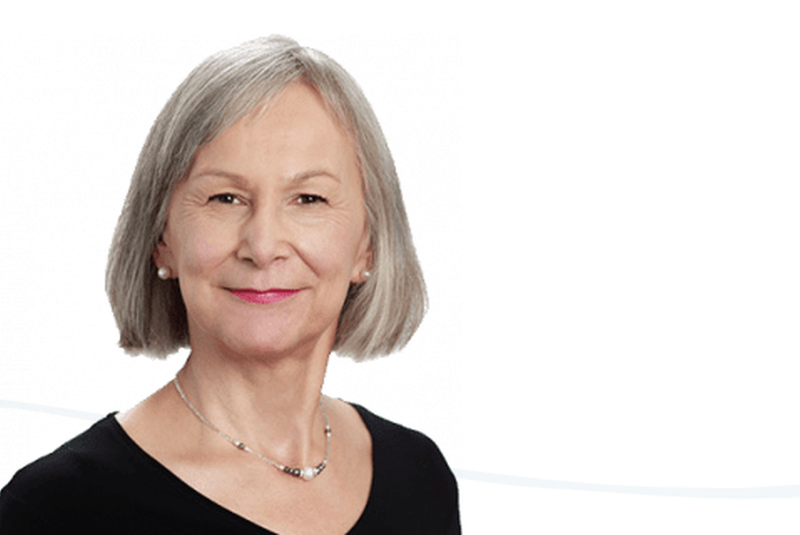 https://www.mmiwg-ffada.ca/
https://www.mmiwg-ffada.ca/Marion Buller is a Cree jurist in British Columbia and a member of the Mistawasis First Nation in Saskatchewan. She started her career working in civil and criminal law and in 1994 became the first Indigenous woman to be appointed as a provincial court judge in B.C. Most recently, she served as Chief Commissioner for the National Inquiry into Missing and Murdered Indigenous Women and Girls. When the Commission’s final report was released last year – containing 231 calls to justice – it was her powerful words that introduced us to the 1,200-page watershed document. “This report is about deliberate race, identity and gender-based genocide,” Buller wrote. “The violence against Indigenous women, girls, and 2SLGBTQQIA people is a national tragedy of epic proportion.”
Kiley May
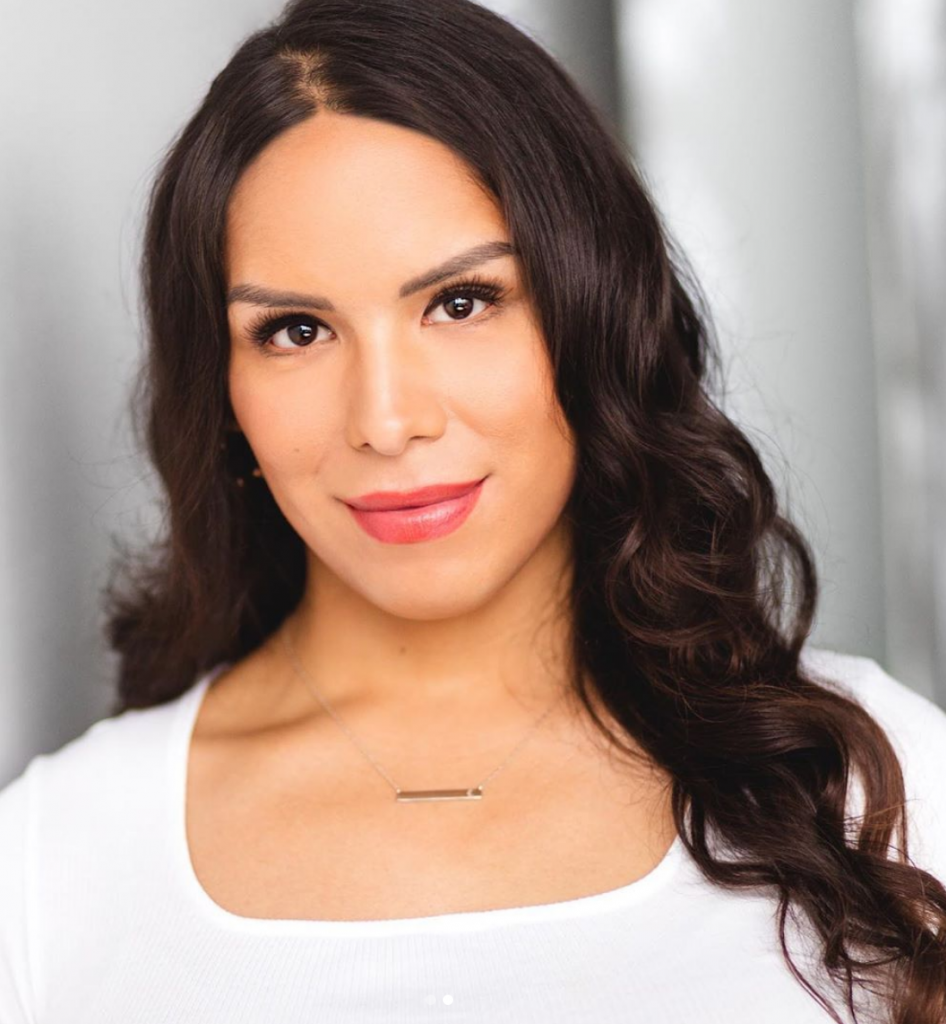 Instagram (@artstarkiley)
Instagram (@artstarkiley)“Transitioning is a form of art, and it’s my greatest artwork to date,” two-spirited artist Kiley May told HuffPost Canada in 2019. From Six Nations reserve and now based in Toronto, the Hotinonhshón:ni Mohawk actor, dancer, model and writer is vocal about her experience as a trans and two-spirited Indigenous woman in the arts. “I made the decision a long time ago to sort of live publicly and be an open book for the sake of education,” she told CBC in 2017. “That’s just my personality.” She has since been featured in It: Chapter Two, she currently stars as River on CBC’s Coroner and she continues to advocate for trans and two-spirited rights on her social-media platforms.
AUTUMN PELTIER
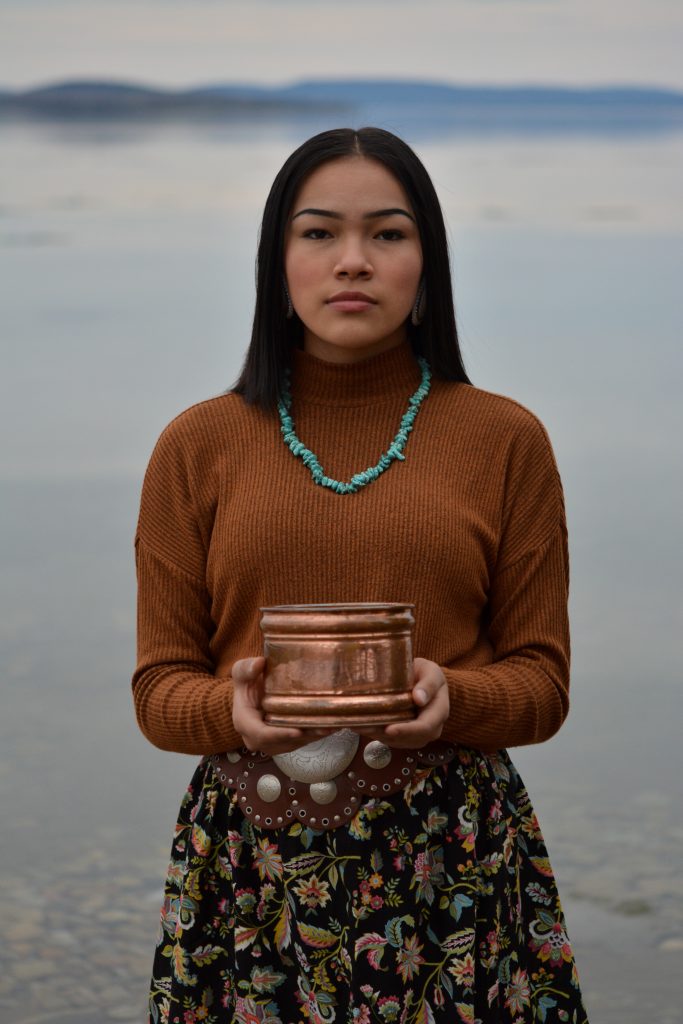 Linda Roy
Linda RoyActivist Autumn Peltier was just eight years old when she began advocating for the universal right to clean water. Growing up on Wiikwemkoong Unceded Anishinabek Territory on Manitoulin Island, Peltier learned about the importance of clean water from her mom and her aunt and that many Indigenous communities across Canada don’t have access to it. Now 15, she has accomplished a lot since first taking on the cause. In 2016, she met with Justin Trudeau (“I’m very unhappy with the choices you’ve made,” she told him); she was nominated for the International Children’s Peace Prize in 2017, 2018 and 2019; and last year, she was named chief water commissioner for the Anishinabek Nation – an advocacy group for 40 First Nations across Ontario – taking over the role from her late great-aunt. She has also spoken at the United Nations General Assembly twice, saying: “I’ve said it once, and I’ll say it again: We can’t eat money or drink oil.”
TANYA TAGAQ
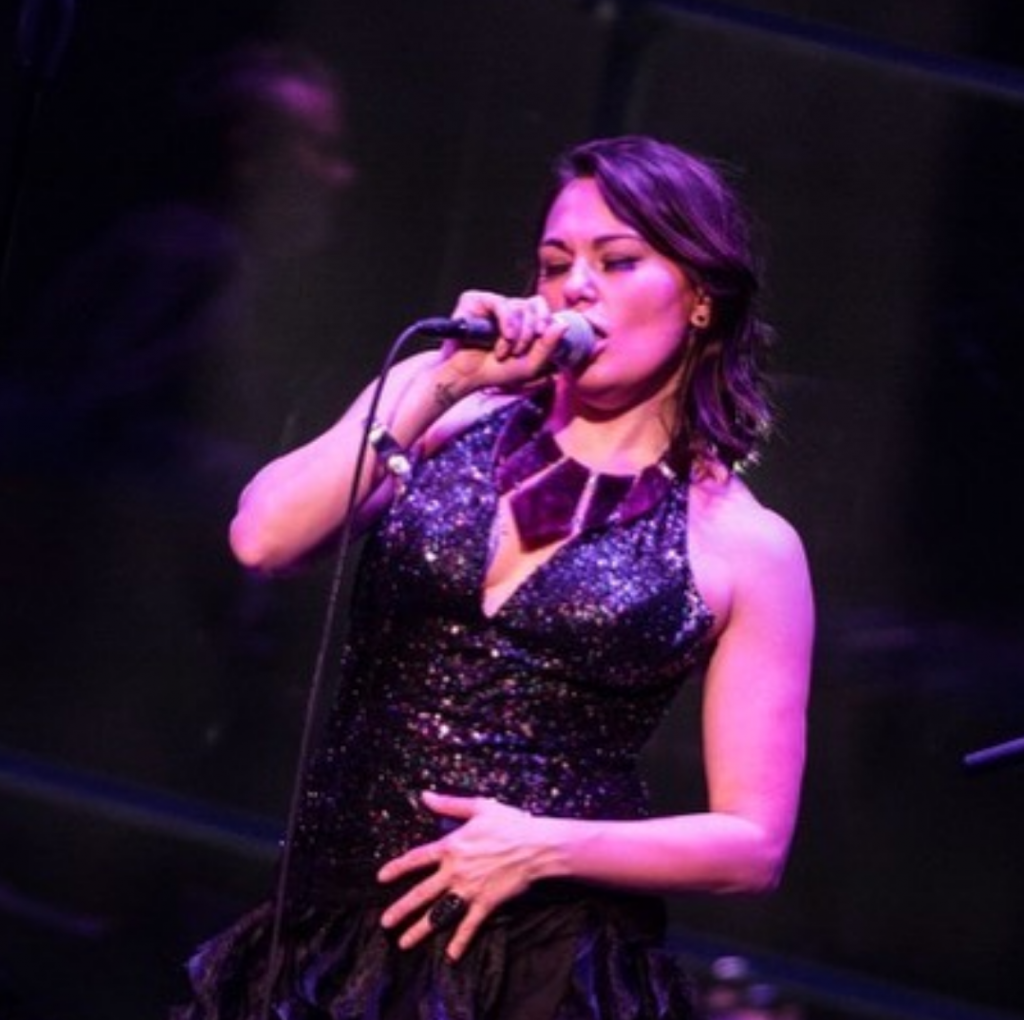 Instagram (@tanyatagaq)
Instagram (@tanyatagaq)Credited for bridging the gap between traditional throat music and pop, Tanya Tagaq is a force in the Canadian music scene. The Juno winner grew up in Cambridge Bay, Nunavut, and began practicing throat singing at age 15 while attending high school in Yellowknife. The Inuk singer has since released four albums (in addition to EPs), written an award-winning book called Split Tooth and received the Order of Canada.
Buffy Sainte-Marie
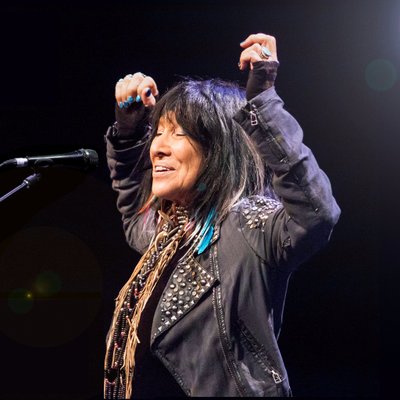 Twitter (@buffysaintemarie)
Twitter (@buffysaintemarie)There is no disputing the fact that Buffy Sainte-Marie is a musical legend. Hailing from Qu’Appelle Valley, Sask., the singer-songwriter taught herself to play the piano at age three, and now, at 79, her prolific career spans 21 albums. Sainte-Marie has used her music as a vehicle to promote awareness of Indigenous issues; one of her earliest tracks, “Now That the Buffalo’s Gone,” references Indigenous land rights, while “My Country ’Tis of Thy People You’re Dying” addresses the exclusion of Indigenous people from American history. (Sainte-Marie is a dual citizen and currently resides in Hawaii.) She is the first Indigenous person to win an Oscar (the 1983 Best Original Song award for An Officer and a Gentleman), and she has devoted her talents and passion to the realms of visual arts, education, social activism and composing.
CHRISTI BELCOURT
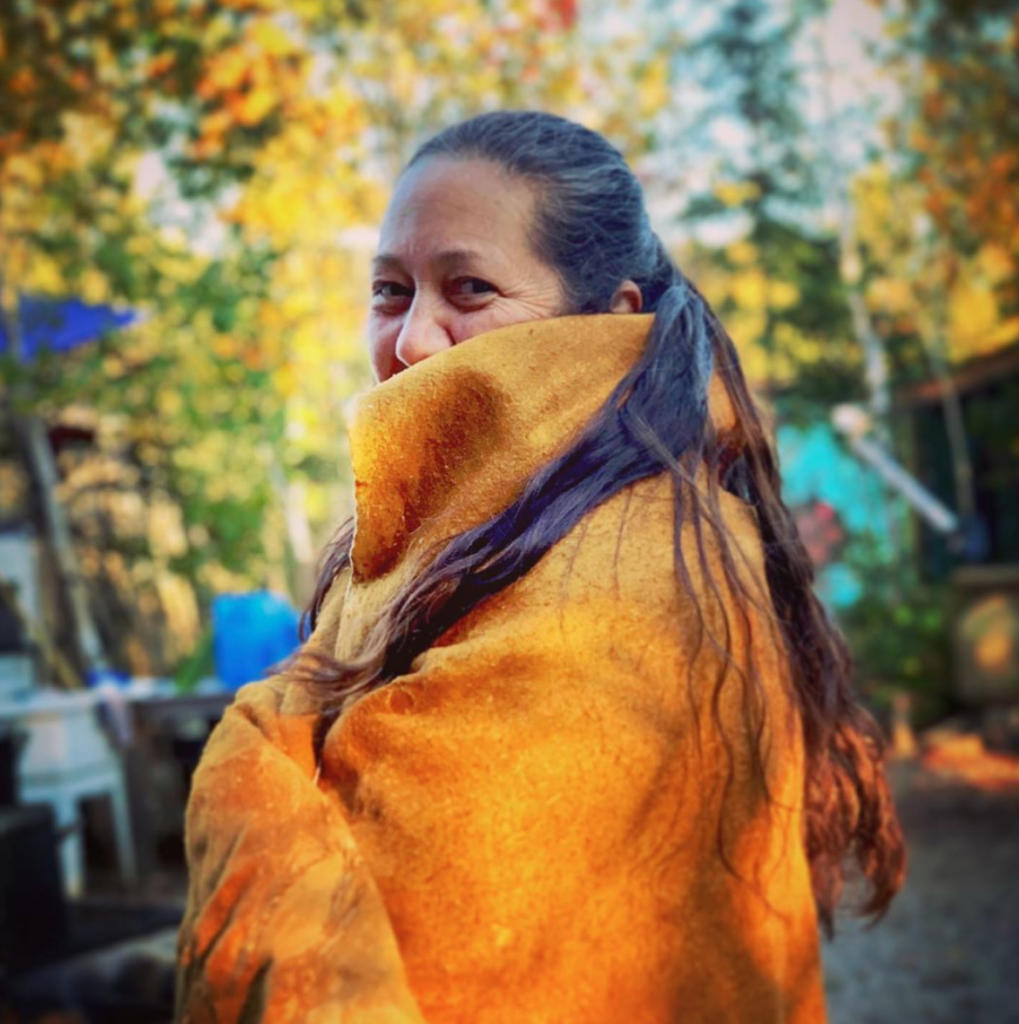 Instagram (@christi_belcourt)
Instagram (@christi_belcourt)Christi Belcourt effortlessly draws connections between the environment and Indigenous land rights through her breathtaking visual art. Using mainly acrylic paints, the Scarborough-born Metis artist’s work is inspired by her culture’s historical beadwork, often featuring floral designs that represent themes of identity and community. Belcourt has received several accolades for her artwork, including the 2016 Governor General’s Innovation Award and the 2016 Premier’s Award for Excellence in the Arts. Her work can be found in the National Gallery of Canada, the Art Gallery of Ontario, the Indian and Inuit Art Collection and more.
SHEILA NORTH
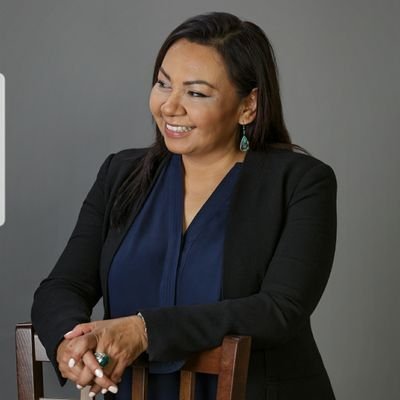 Twitter (@thesheilanorth)
Twitter (@thesheilanorth)Sheila North made her mark on the Indigenous community and Canada at large as the first female Grand Chief of Manitoba Keewatinowki Okimakank, representing over 30 Northern Manitoban First Nations. She grew up in the community of Bunibonibee Cree Nation (a.k.a. Oxford House) and later pursued a career in journalism and communications, reporting for CBC and working as a radio personality and Cree translator. She is also largely credited with starting the #MMIW hashtag and co-producing a documentary, 1200+, about missing and murdered Indigenous women.
SAGE PAUL
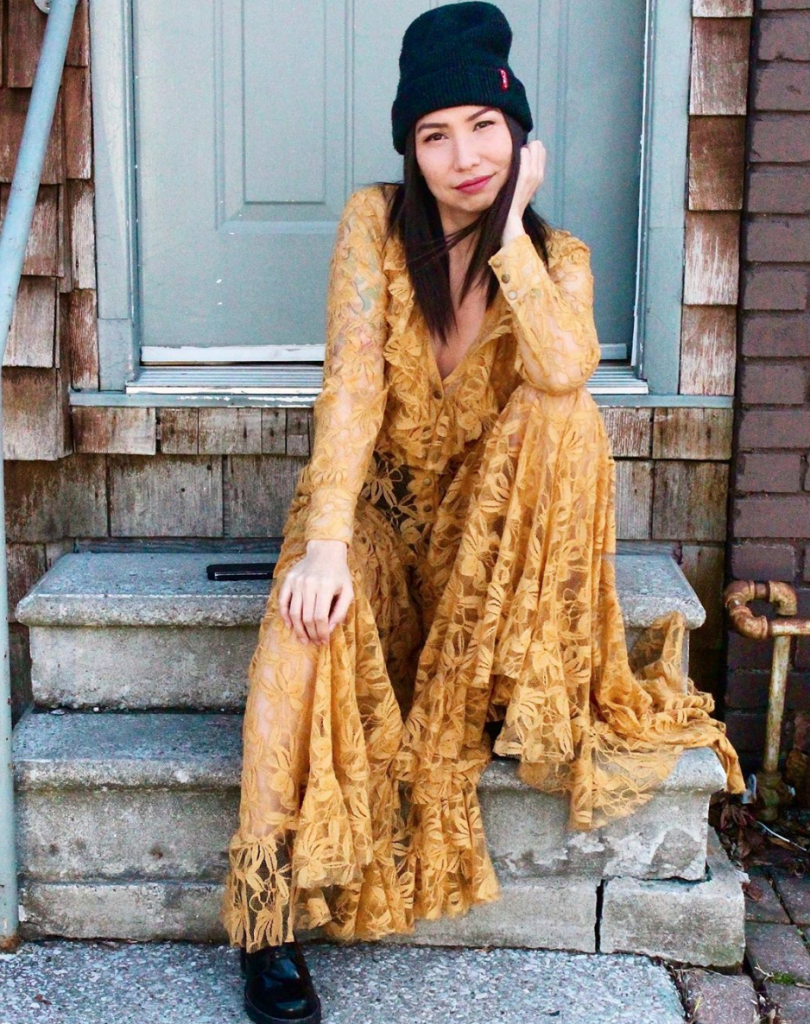 Instagram (@sagepaul)
Instagram (@sagepaul)“I didn’t see myself in the industry because I didn’t have the money to produce a collection – or even have access to people at the bigger corporations because to work at those corporations, you have to intern and work for free, which I wasn’t able to do,” fashion designer Sage Paul told ELLE Canada last year. “I really encourage those who are on the fringe to create a space for themselves.” Paul has certainly created an admirable space for herself in the Canadian fashion landscape. An urbanDenesuliné tskwe and English River First Nation member living in Toronto, Paul has created a wealth of unique and singular designs inspired by family and sovereignty. Her dedication to Indigenous representation in fashion is evident in her community involvement: She is the co-founder of Indigenous Fashion Week Toronto, she sits on the Ryerson School of Fashion Advisory Board and she has taught an Indigenous-fashion course at George Brown College for the past two years.
Sheila Watt-Cloutier
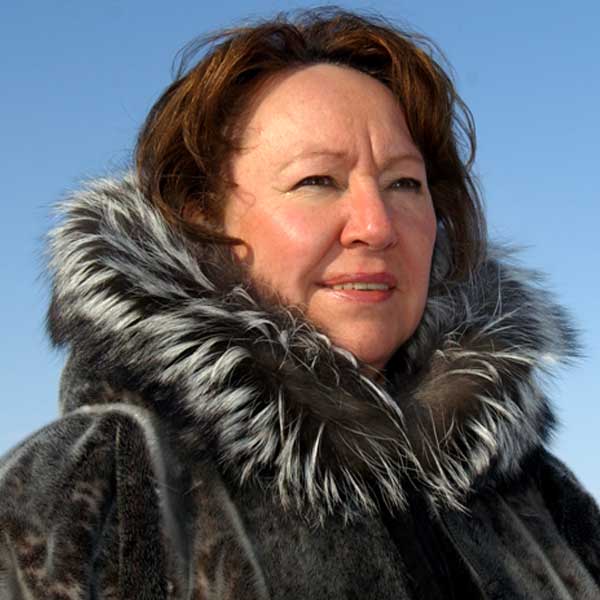 Stephen Lowe/Right Livelihood
Stephen Lowe/Right LivelihoodNobel Peace Prize nominee Sheila Watt-Cloutier is admirably relentless in her advocacy for environmental justice, human rights and global health – specifically, the well-being and preservation of the Inuit of the Arctic. Born in Nunavik, Quebec, she began her activist work in the Kativik School Board, pushing for improved educational standards for Inuit students. Her presence in Inuit advocacy extends beyond Canada: From 2002 until 2006, she served as the international chair of the Inuit Circumpolar Council, representing over 150,000 Inuit from Russia, Greenland, Alaska and Canada. Watt-Cloutier’s 2016 TEDx Talk, “Human Trauma and Climate Trauma as One,” brought attention to the connection between Indigenous rights and climate change.
DR. NEL WIEMAN M.Sc., MD, FRCPC
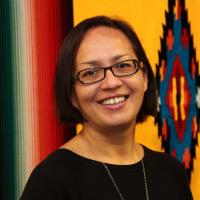 ishs.mcmaster.ca
ishs.mcmaster.caAs the first female Indigenous psychiatrist, Dr. Nel Wieman’s significance in medicine cannot be understated. A Member of Little Grand Rapids First Nation, Anishinaabe Nation (Saulteaux/Ojibwa), She began her career providing services at the mental-health clinic on Six Nations of the Grand River Territory. She has since served as co-director of the Indigenous Health Research Development Program at the University of Toronto, as well as a member of the Clinical Support Team at YWCA Toronto’s Elm Centre, providing psychiatric services to 100-plus women living with mental-health issues and addiction. Currently, she is the acting deputy chief medical officer at the First Nations Health Authority in B.C. and is serving a second term as the president of the Indigenous Physicians Association of Canada.
LARISSA CRAWFORD
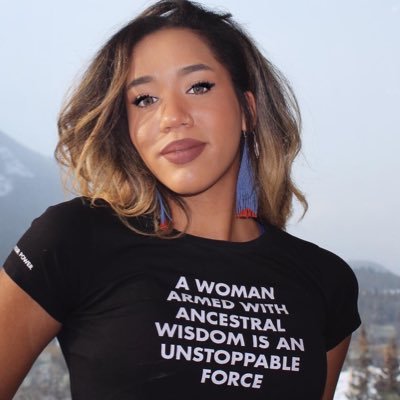 globeseries.com
globeseries.comLarissa Crawford has a powerful voice. The Calgary-based Jamaican-Métis activist and anti-racism researcher served as the youth head delegate of Canada and successfully lobbied for Indigenous world views and the UN Sustainable Development Goals at the G7 Summit in 2018. She is the founder of Future Ancestors Services, a youth-led professional-services social enterprise that focuses on our responsibility for climate justice and equity. The organization recently raised more than $20,000 in donations over three weeks to support grassroots anti-racism and climate-justice initiatives as well as the Future Ancestors Waashayshkwun Grant fund for diverse independent speakers, trainers, researchers and artists in Canada.
Newsletter
Join our mailing list for the latest and biggest in fashion trends, beauty, culture and celebrity.
More from Society
Read Next

Fashion
Meredith Shaw and Penn Have Created a Plus-Size Summer Dress Collection That "Feels Like Candy"
Morning Show Host Meredith Shaw wants you to "see your summer" in this curated collection for sizes 14-32.
by : Allie Turner- Apr 25th, 2024
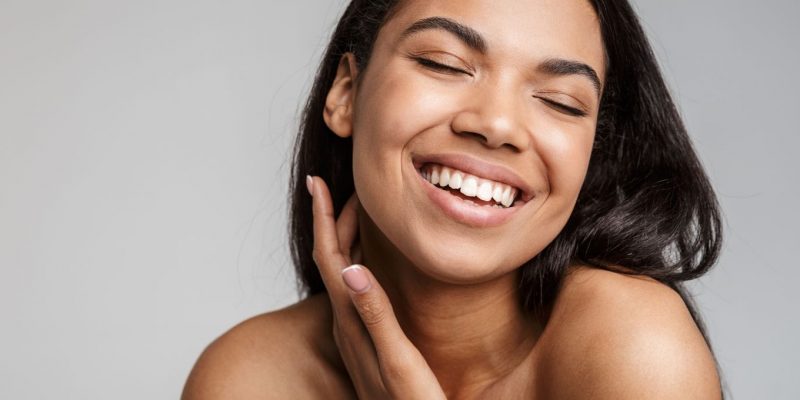
Beauty
ELLE Tried It: Five Serums to Up Your Skincare Game
Members of the ELLE team tested Avène Dermatological Laboratories’ five new concentrated serums. Here's what they thought.
by : ELLE Canada- Apr 25th, 2024
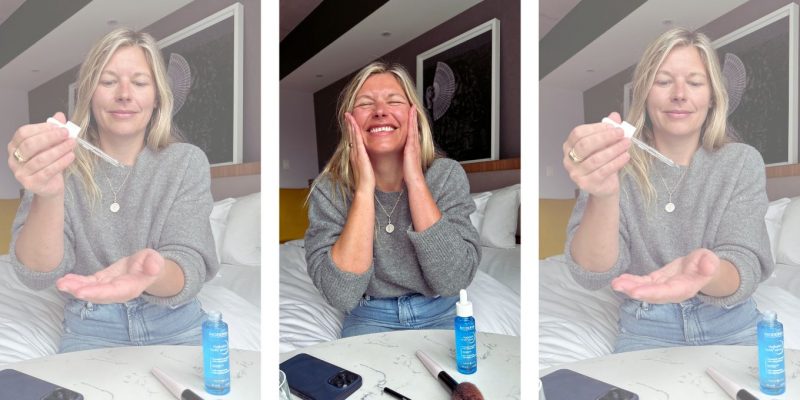
Beauty
Tested and Approved: Your New Hydrating Skincare BFF
This new product has all of your skin’s thirst-quenching needs covered.
by : ELLE Canada- Apr 17th, 2024

